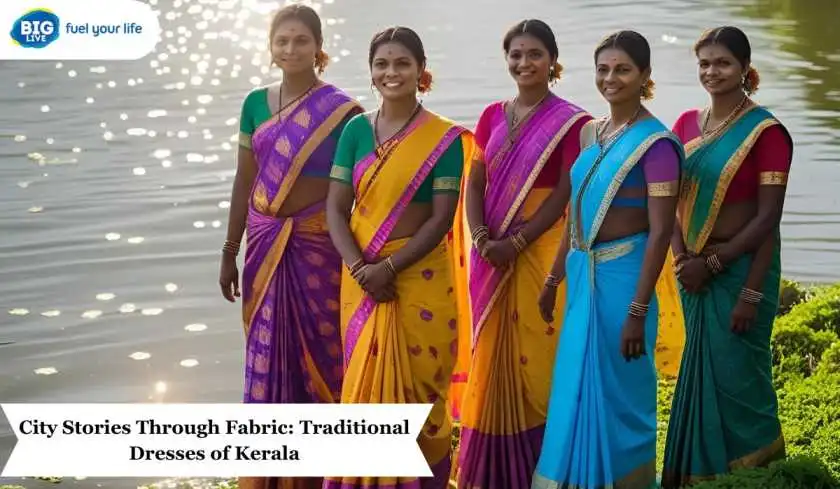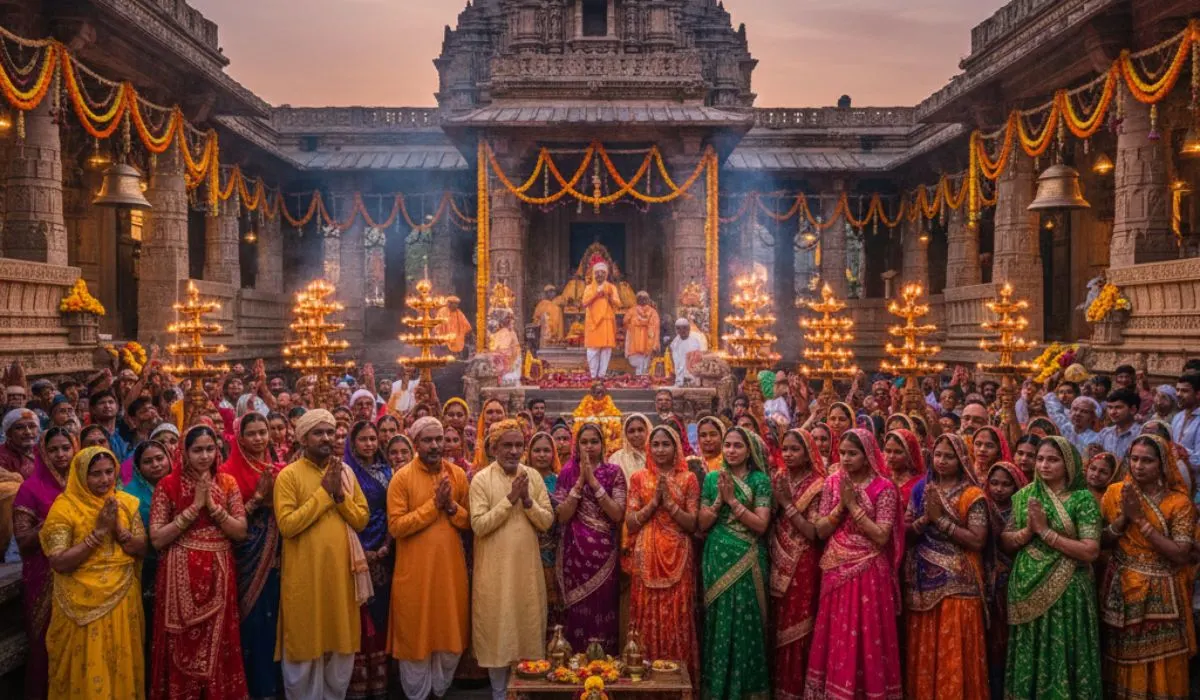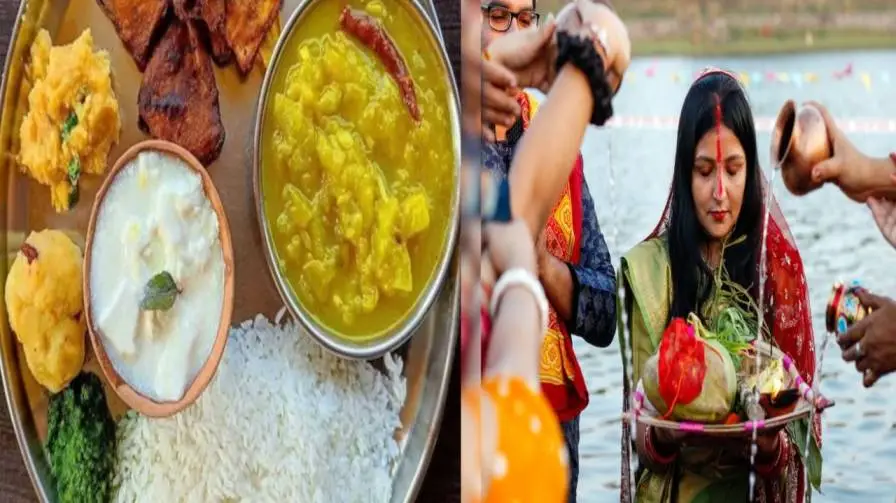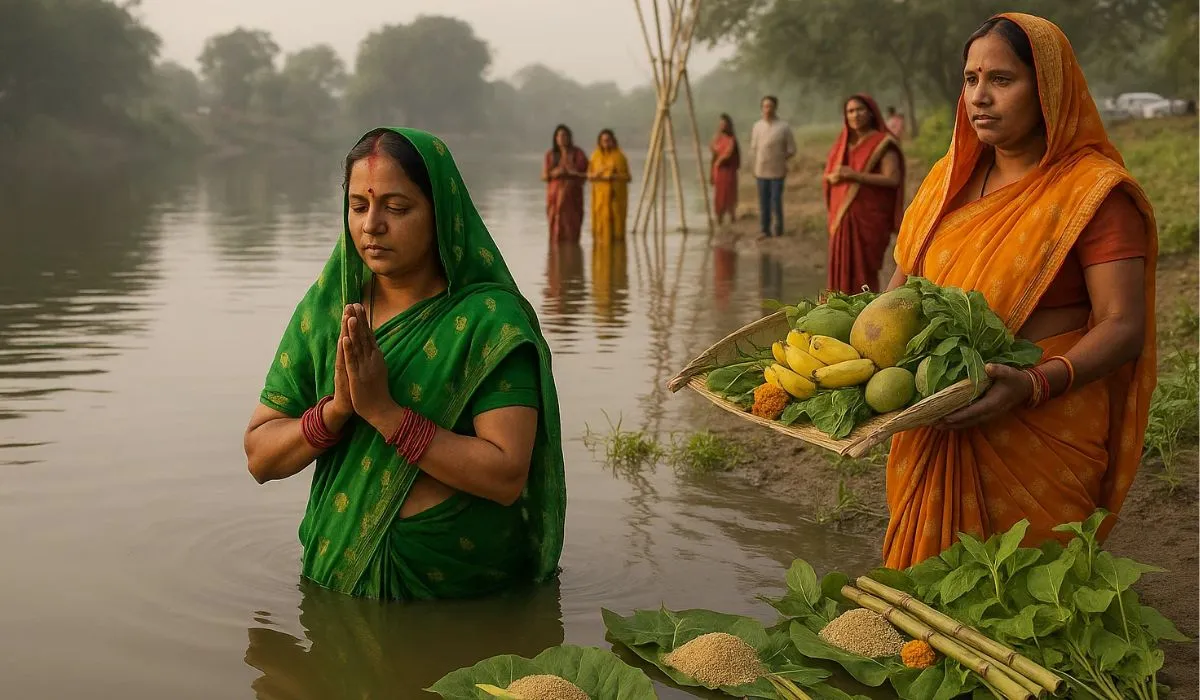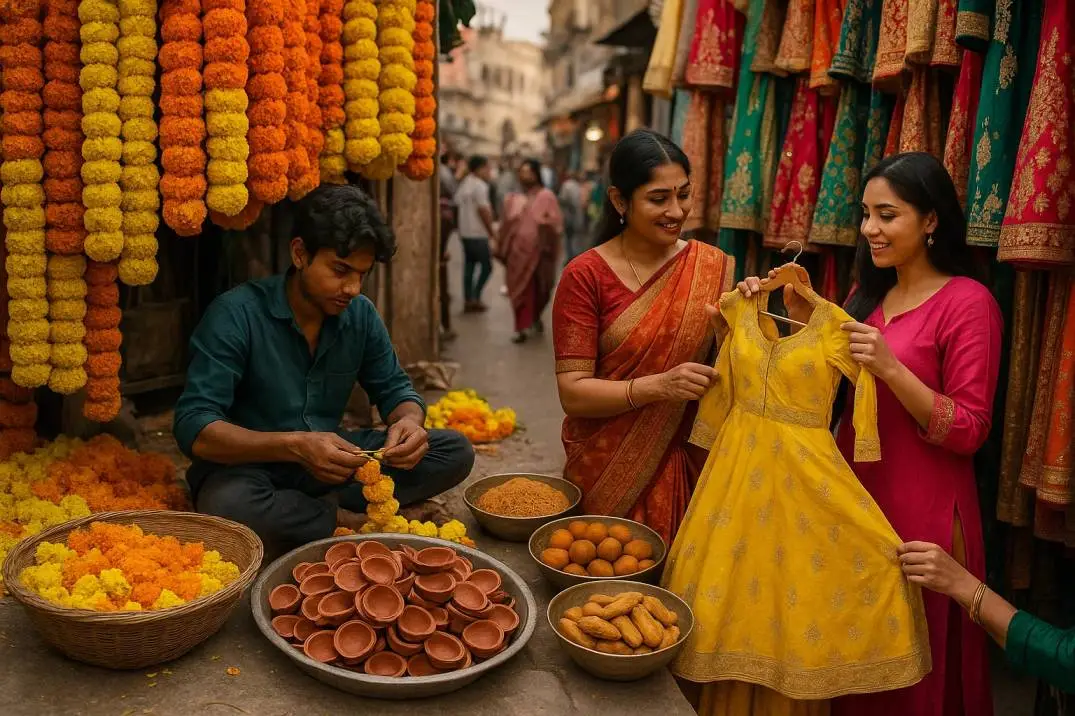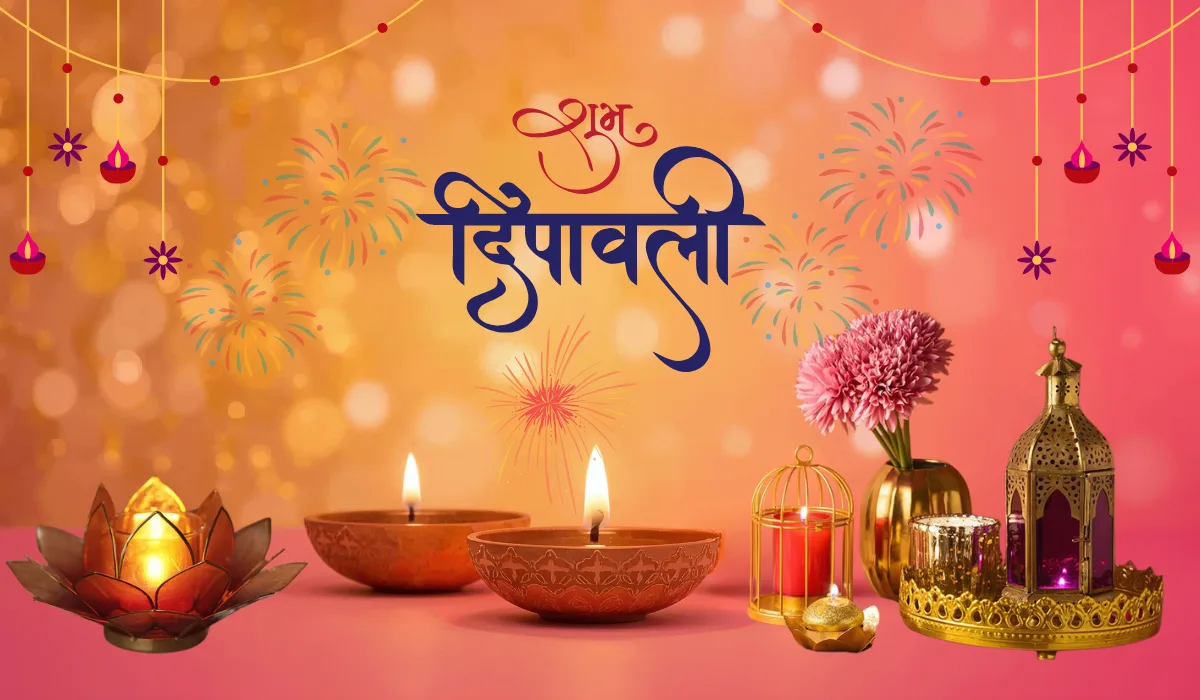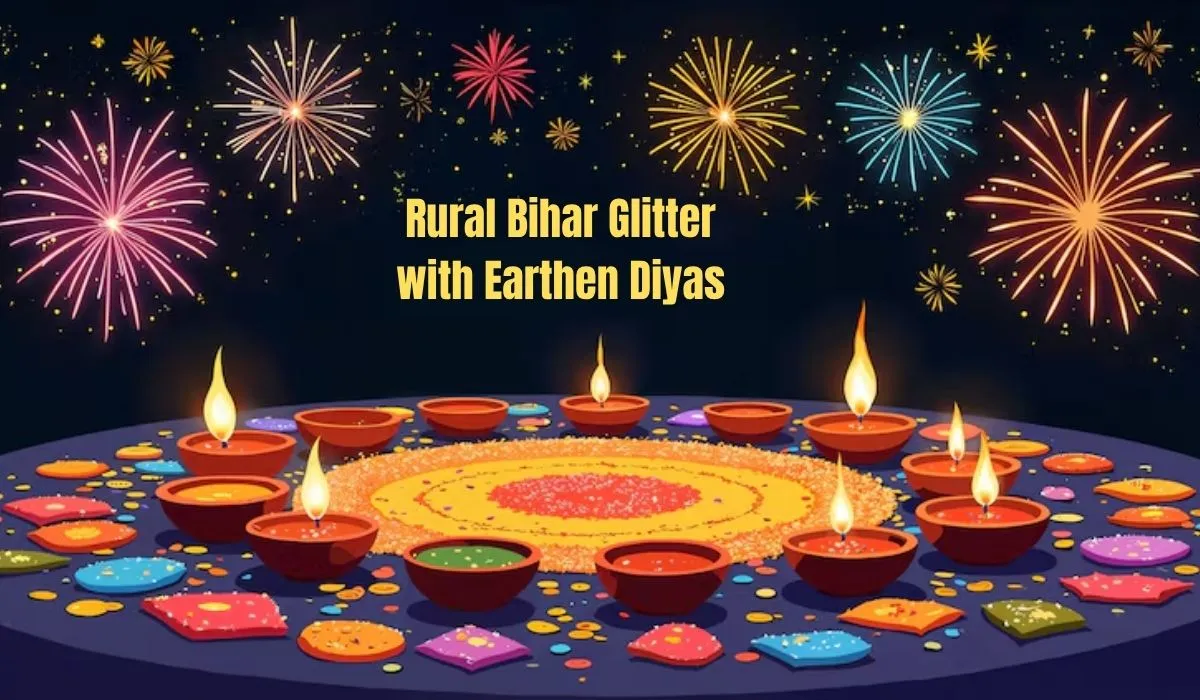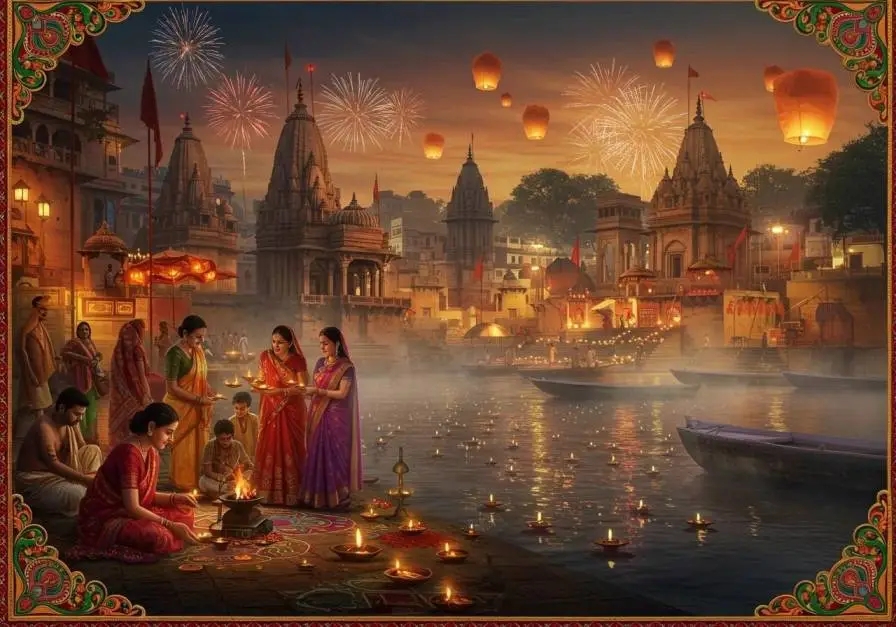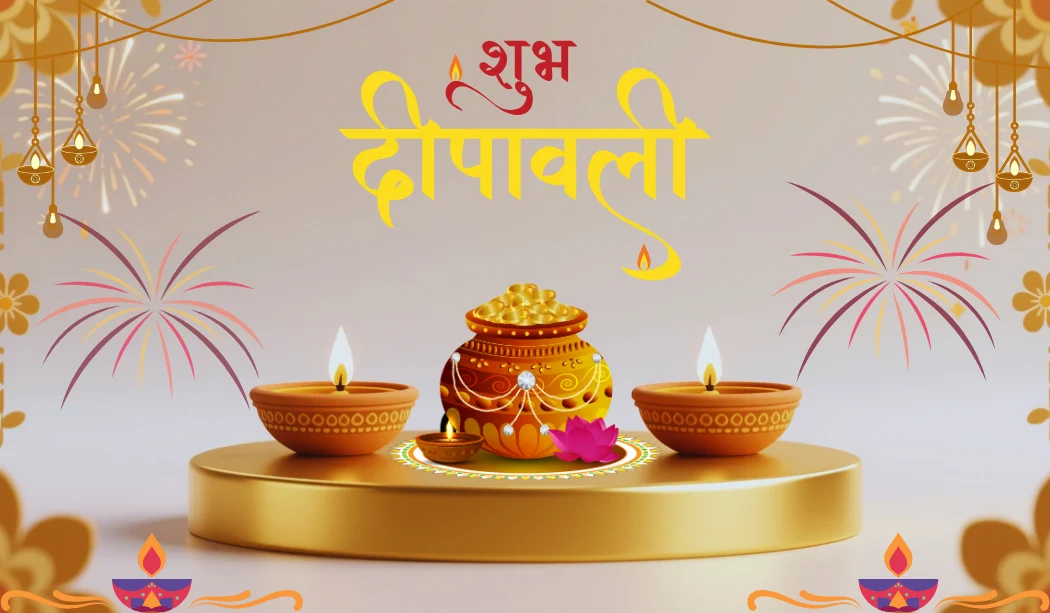Some places speak through their food. Others through their music. But in Kerala, the story often begins with the clothes. Not just the flashy stuff you see in films.
I’m talking about those quiet, cotton garments, the ones tucked into wardrobes wrapped in camphor-scented paper. The kind your grandmother wore. The kind you never really forget once you’ve seen someone wear it with pride.
And Kerala has a bounty of names for them: Settu Mundu, Marapattu, and Chattayum Mundum. Each with its own rhythm. Each belonging to a place, a person, a moment.
What Is the Traditional Style of Kerala?
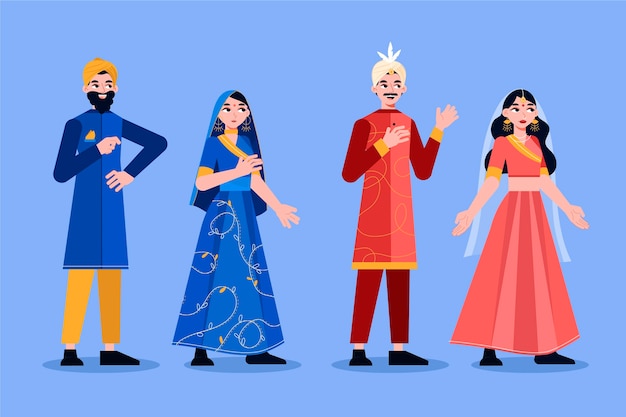
The traditional fashion of Kerala, frequently called "God's Claim Nation," is characterized by an interesting mix of social impacts and structural styles, especially in its clothing and lodging. Ladies customarily wear the Mundum Neriyathum.
A two-piece set comprising a white or off-white cloth hung over the body and an isolated piece worn over the breast, frequently with a gold border (Kasavu).
Men ordinarily wear a mundu, a comparable white or off-white cloth wrapped around the lower body. Kerala's engineering emphasizes a patio design with slanting rooftops outlined to withstand overwhelming storm downpours, frequently utilizing wood joinery strategies.
Related Article: Kerala Classic Traditional Attire: Kasavu Saree, Mundu Neriyathum
You don’t need to be from Kerala to have heard of the Settu Mundu. It’s one of those outfits that doesn’t try to dazzle but ends up doing just that. Two pieces of off-white fabric, a streak of gold at the edge that’s all. No glitter.
No heavy embroidery. Just understated grace. One piece wraps around the waist like a skirt. The other drapes over the shoulder, pinned or tucked, depending on the wearer’s mood. Worn during Onam, Vishu, and sometimes even at weddings, it’s as Keralite as banana chips and coconut chutney.
In villages and cities alike from Alleppey to Kozhikode, the Settu Mundu is worn by women who aren’t trying to impress anyone. It’s what their mothers wore. And their mothers before them. It’s familiar. Comfortable. And quietly proud.
Marapattu: A Name Almost Forgotten
Ask someone in their twenties about Marapattu, and you’ll probably get a blank look. But take that same question to someone in their 70s, and their eyes might light up. Marapattu wasn’t flashy either. Mostly worn by older women or during specific religious ceremonies, it was made from thicker cotton or silk. No frills.
Just function and modesty. Some say it was mainly worn in central Kerala; others remember it more as a temple garment. Either way, it stood for restraint and the kind of quiet dignity older generations carried with them.
You won’t see Marapattu in shopping malls or online stores. It lives in old family albums now and maybe in a few carefully stored trunks under wooden beds. But it’s part of Kerala’s story. And stories, as we know, don’t die. They just wait to be told again.
More Than Just a Mundu
Now, if you’ve ever been to Kerala during a wedding or festival, you’ve seen the Mundu. It’s worn by nearly every man, whether he’s 18 or 80. A simple white cloth, usually folded in half and tied at the waist.
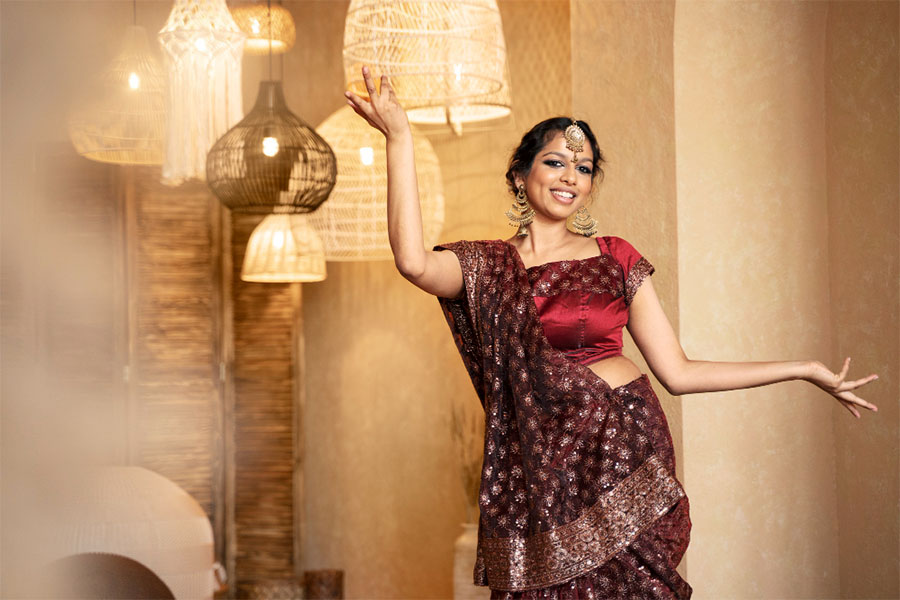
The more formal ones have golden borders. And yes, there’s an art to folding it up, especially when walking fast or during dance performances. That quick flick is Kerala cool. But there’s also the double Mundu and the more ceremonial Kasavu Mundu, which includes an extra layer, sometimes even silk-finished. Grooms wear it. Priests wear it. Even politicians wear it during public events to show cultural pride.
Chattayum Mundum: Kerala’s Christian Heritage in Cotton
Among the Syrian Christian communities in Kerala, especially around Kottayam and Pathanamthitta, there’s a dress that holds quiet power: the Chattayum Mundum. The top part of the Chatta is typically white and has long sleeves. The Mundu, as always, is tied below.
Read Also: Mallu Culture in Kerala: A Rich Tapestry of Tradition, Modernity, and Identity
Over this, there’s a piece that crosses the torso diagonally, worn gracefully and modestly. You’ll still spot older women wearing this during church feasts, family prayer meetings, or even funerals. It’s not about style; it’s about holding on to something sacred. Each crease in the Chattayum Mundum reflects a tale of love, upbringing, and a society that has existed in Kerala for many years.
Clothing by Region , Each Town Has a Tone
Travel from Palakkad to Kannur, and you’ll notice something: the clothes look similar, but they don’t feel the same. In Thrissur, the Kasavu borders are wider. The blouses are darker. Down in Kollam, people might wear Settu Mundu with minimal jewelry, but always with jasmine in their hair.
Kochi is where traditional and trendy meet. You might see someone wearing a mundu with a linen shirt and Ray-Bans. And it still works. Clothing here changes, sure, but not too much. Just enough to show where you’re from, not so much to forget where you came from.
Handlooms That Still Breathe
Let’s not forget the weavers. The real heroes behind Kerala’s ethnic wear. In places like Balaramapuram and Chendamangalam, entire families have spent decades weaving by hand. No machines. Just looms, skill, and patience. It’s a hard life now.
Fast fashion has pushed many of them out. But there’s hope. Young designers are going back to handwoven fabrics. Tourists are buying authentic Mundus. And every time someone wears a Settu Mundu for a festival, a weaver gets one more reason to keep going.
Why These Clothes Still Matter?
You could argue that fashion moves on. That jeans and T-shirts are easier. And you’d be right. But here’s the thing: no one gets emotional over a polyester top. Put on your grandmother’s Kasavu saree, though? You’ll feel something shift. Because these clothes carry more than threads.
They carry birthdays, family functions, temple visits, and laughter under mango trees. They carry the sound of Malayalam spoken softly and the smell of coconut oil lingering in the folds. That’s why we still wear them. Not just for looks. But for connection.
Final Thought
The traditional outfits of Kerala, be it the simple Settu Mundu, the almost overlooked Marapattu, or the modest grace of Chattayum Mundum, are not merely pieces of culture. They walk with people through alleys and courtyards. They show up during festivals and funerals. They stay folded in wooden cupboards, waiting for the right moment.



